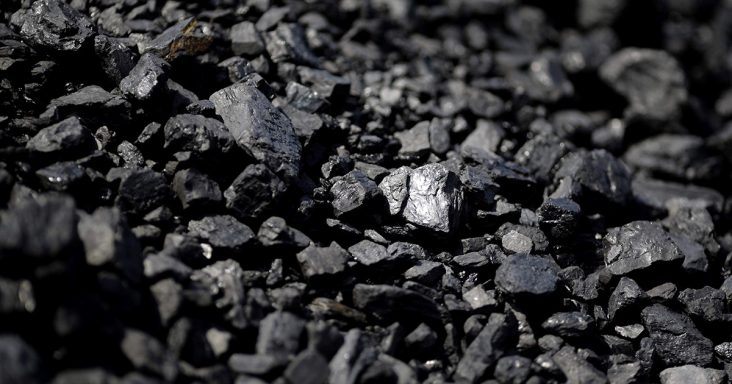Coal production, exports and prices rose in 2017
by February 16, 2018 2:11 pm 378 views

Coal production is expected increase 6.2% to 773 million short tons in 2017, from 2016, according to the U.S. Energy Information Administration. Coal prices increased across the United States, especially for Central Appalachian coal. Increased demand for U.S. coal exports more than offset the slight decrease in domestic consumption and led to more production in 2017.
Coal production was higher in each of the five major coal-producing regions in 2017. In the Powder River Basin, which includes southeast Montana and northeast Wyoming, production rose 8% or 26 million short tons.
“EIA attributes 2017 increases in U.S. coal production in part to the bankruptcy-caused restructuring of several major coal producers, which resulted in lower production costs,” according to the EIA.
Increased demand for U.S. coal exports was driven by Asian and European countries. Exports are expected to rise 58% to 95 million short tons in 2017, from 2016. About 31 million short tons was to be exported to Asia in 2017, nearly twice the amount that was sent there in 2016. “Coal exports to Asia increased as China, Japan and India looked to offset disruptions to their supplies of Australian coal caused by Cyclone Debbie in April 2017,” according to the EIA. “Preliminary estimates show U.S. coal exports to Europe reaching 40 (million short tons) in 2017, an increase of 13 (million short tons) from the 2016 level.”
In 2017, U.S. coal consumption was projected to fall 1.6% to 719 million short tons. Nearly 90% of domestic consumption is attributed to the power sector. Natural gas prices rose in 2017, but the coal share of total 2017 power generation is expected to be 30%, the lowest level on record and lower than the natural gas share for the second consecutive year.
The average price of U.S. steam coal used for electricity generation increased in several regions. The price of Central Appalachian coal rose 29% in 2017 as a result of strong domestic and international demand and drove the overall U.S. price increase. Prices for Powder River Basin and Northern Appalachian coal rose 4% and 10%, respectively. Rocky Mountain region coal prices were flat, and Illinois Basin coal prices declined 7%.
